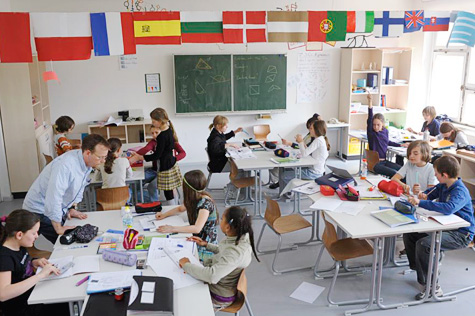I few weeks ago, I was watching a screencast tutorial about external hard drives and wondered how they did it. They were clearly not videotaping the screen from a separate source, but I thought it was a much more complex process. This class has been a whirlwind of reading, writing, creating, posting, editing, and learning. I have made youtube tutorials, read about education in technology, and watched videos about using technology in collaborative and project based learning. This class taught me what technology the world today needs in its education system.
I learned how we can use technology to engage students, not just by using it as educators, but by allowing and encouraging our students to use it as well. People use technology everyday, and sometimes we do not fully understand or appreciate all of the things it does for us. For example, 10 years ago, students were not allowed to bring cellphones to school. Education is catching onto technology, just slowly.
Technology is an ever changing landscape in which the users and creators work off of each other and remain innovative to developed and create new systems for today’s society. This makes it hard for educators to keep up and teach using the latest systems. The Tool Cool Duel we did was very eye opening. People found technology used by teachers, by students, by the class as a whole, the opportunities were endless.
After all of these eye opening and enriching experiences with technology my one fear remains. What happens to the students without access to this technology? I understand that it is a work in progress and people are working tirelessly to close this gap. However, this is happening here and now. What can we do as educators to teach the best of technology to those without it?
Technology in the Classroom by Gabgorrilla
Pages Doc into a Word Doc by Chelsea Rohrbach
My WebQuest


 “Demonstraing Activity-Based Learning in the Classroom” by Jebs Rötzsch licenced under CC BY-SA 3.0
“Demonstraing Activity-Based Learning in the Classroom” by Jebs Rötzsch licenced under CC BY-SA 3.0